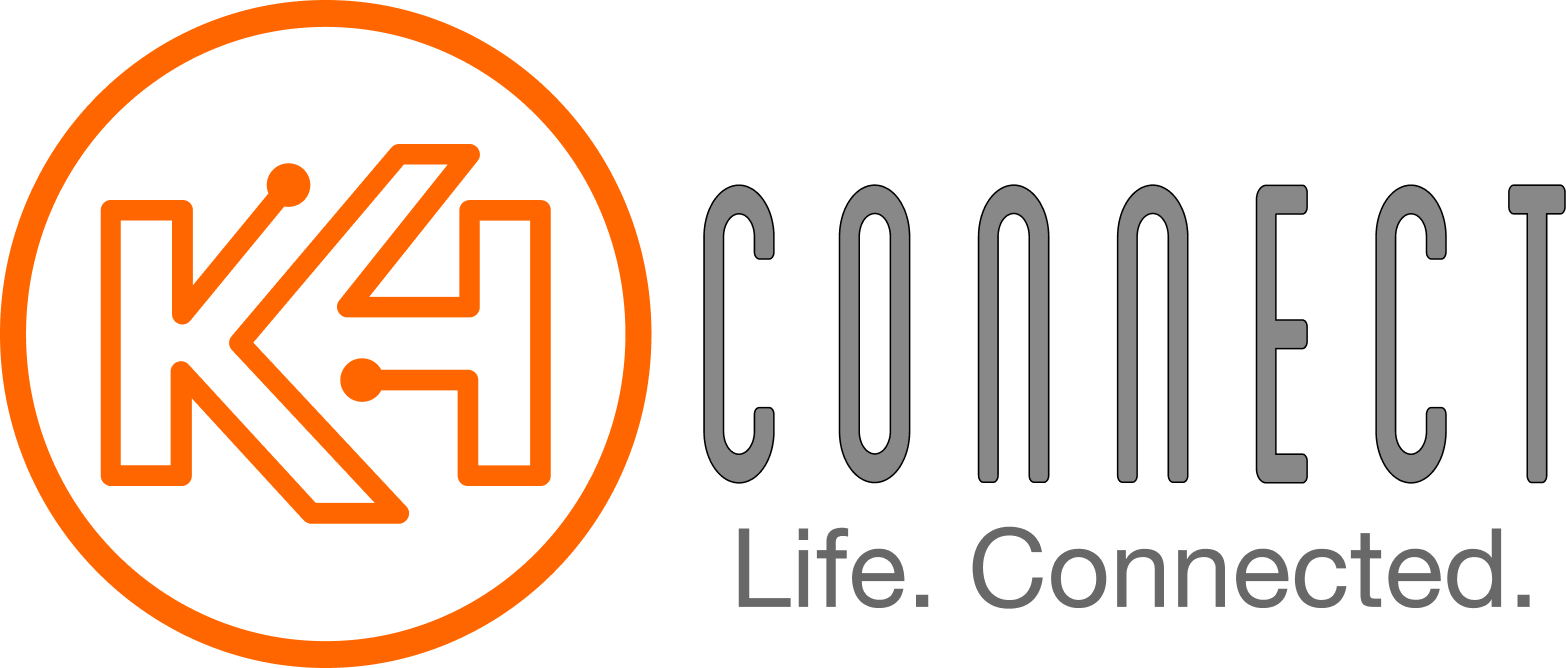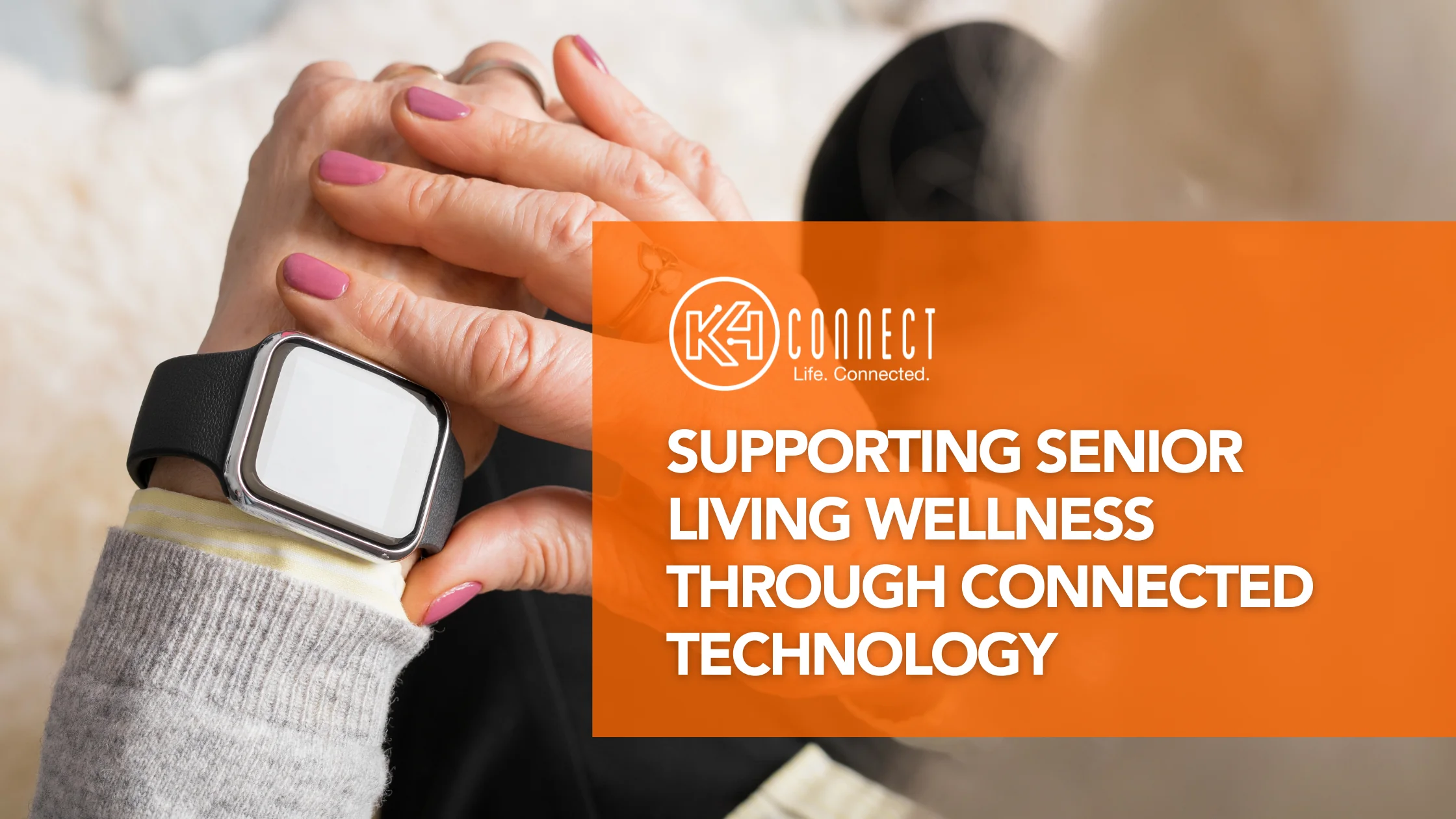Senior living is evolving, with wellness now at its heart. Communities are embracing innovative ways to support the health, engagement, and overall well-being of their residents.
Seniors face significant health challenges today. According to the NCOA, Nearly 95% of adults aged 60 and older have at least one chronic condition, and about 80% manage two or more. Falls remain the leading cause of injury among this population, while social isolation affects roughly 43%, all factors that greatly affect overall quality of life. Meeting these challenges requires more than traditional care, it demands a connected approach that blends technology, data and meaningful engagement.
Rising Health Challenges
Artificial Intelligence is no longer a concept of the future; it is a transformative force redefining how we approach healthcare today. From streamlining operations to elevating care delivery, AI is enabling providers to shift from reactive to proactive models of care. By synthesizing real-time data from wearable technologies, Electronic Health Records (EHRs), and other senior living platforms, AI empowers care teams to:
- Identify emerging health trends before they escalate
- Detect subtle changes in conditions with greater accuracy
- Deliver highly personalized, data-informed care
This is more than innovation. It is a paradigm shift toward smarter, more compassionate healthcare.
The Future of Health with AI
Wearable technology is transforming how wellness is supported in senior living. These devices quietly and passively monitor vital signs, activity levels, sleep quality, and body composition; providing real-time insights into a resident’s well-being without disrupting daily routines. By passively capturing these signals, care teams can identify concerns earlier and intervene sooner, while preserving resident privacy and independence.
Through integrations with platforms like Thryve Health, residents can now connect popular wearable devices such as Apple Watch, Fitbit, Oura and Garmin, making it easy to surface and track wellness data in one convenient place rather than multiple, siloed apps. It’s more than just data collection. Wearables empower residents to take an active role in their own health, while giving care teams actionable insights that help guide smarter, more responsive care.
Integrated Care Through EHRs
Electronic Health Records (EHRs) are a cornerstone of connected care in senior living. By providing a centralized, digital view of each resident’s medical history, medications, allergies, and care preferences, EHRs enable staff to make faster, more informed decisions that improve care continuity. This matters, especially considering that nearly 55% of seniors are struggling to adhere to complex medication schedules. EHRs simplify this process by keeping everything organized, accessible, and up-to-date.
When EHRs are integrated with data from wearables and other wellness tools, their impact multiplies. They offer care teams a more complete, real-time picture of a resident’s health, enabling earlier interventions and better personalization. This level of coordination doesn’t just improve workflows; it elevates the standard of care, reduces risk, and fosters greater peace of mind for residents and their families. EHRs are no longer just digital charts, they’re dynamic tools that support safer, smarter, and more resident-centered care.
Enhancing Social and Cognitive Wellness Through Connective Tools
On-Demand Engagement
Wellness is more than physical health. It encompasses emotional resilience, cognitive stimulation, and meaningful social connection. For older adults, loneliness and isolation are critical risk factors that affect nearly half of the population and can accelerate both physical decline and cognitive deterioration.
To help communities address this challenge, wellness platforms like Bream are transforming the resident experience. Purpose-built for older adults, Bream curates expert-led content that supports mental and physical health while making it easy for staff to deliver enriching, personalized experiences.
Residents can access live and on-demand courses in:
- Movement and Guided Fitness
- Mindfulness and Meditation
- Nutrition and Healthy Living
- Creative Arts such as writing, drawing, and crafting
Rooted in scientific research and shaped by years of hands-on programming, Bream empowers residents to engage at their own pace, explore new interests, and deepen their connection to the community. AI plays a key role in optimizing this experience by learning from usage trends, surfacing relevant content, and supporting proactive wellness planning.
In-Room Infotainment
In-Room Infotainment has evolved from passive entertainment into an intelligent platform for engagement, connection, and care. When paired with AI, it becomes a powerful tool for understanding and supporting resident well-being on a deeply personal level.
By analyzing content preferences, viewing patterns, and engagement frequency, AI surfaces meaningful insights into each resident’s:
- Daily routines and preferences
- Cognitive and emotional health indicators
- Shifts in energy, interest, or behavior
- Opportunities for personalized connection and care
These real-time insights allow staff to recognize subtle changes that might otherwise go unnoticed, prompting timely interventions, adapting care plans, and elevating the resident experience. This AI-enhanced approach not only supports more person-centered care, it also boosts staff efficiency by reducing guesswork and enabling more informed, responsive decision-making. In-room infotainment is no longer just a screen, it is a window into resident well-being and a vital part of the future of smart care delivery.
Real-Time Wellness Support
Platforms like Artemis Care enhance everyday wellness by offering tools like camera-based vitals monitoring, daily check-ins, up-to-date medication tracking, personalized health summaries, and safety alerts. AI plays a key role by analyzing this continuous stream of health data to detect patterns and predict potential issues before they escalate. For example, AI can identify subtle changes in behavior or vitals that may indicate early signs of illness, prompting timely interventions.
Behind the scenes, care teams and family members can stay connected through real-time insights and seamless communication. It’s a holistic solution that empowers residents while giving care teams and loved ones peace of mind.
Monitoring Wellness Through Engagement Apps
Engagement apps are redefining how senior living communities foster connection, purpose, and well-being. More than just tools for entertainment, these platforms are becoming critical to early detection and proactive care. When combined with AI, their impact deepens significantly.
AI analyzes behavioral data from resident interactions to uncover patterns that might otherwise go unnoticed. This allows staff to gain timely, actionable insights into:
- App usage frequency: A sudden decline may signal fatigue, illness, or social disengagement
- Interests and content preferences: Shifts in viewing or reading habits can indicate cognitive or emotional changes
- Event participation: Reduced involvement in community activities may suggest early signs of isolation or health issues
- Communication patterns: Fewer calls to family or friends could reflect emotional withdrawal
When paired with in-app surveys and sentiment analysis, AI transforms engagement platforms into intelligent care tools. They not only strengthen community bonds but also support more personalized and timely interventions, driving better outcomes through meaningful data.
Smart Home Safety and Resident Check-In
Technology is making senior living safer, smarter, and more personalized. Through smart home systems and resident check-ins, communities can stay ahead of potential risks while supporting independence and wellness.
Smarter Safety at Home
Smart home sensors provide proactive insights that help detect early warning signs of health or cognitive decline. Forgotten lights, ovens, or running water can signal memory issues. Bathroom sensors reveal patterns like frequent nighttime waking, which may point to sleep disturbances or a higher fall risk. Smart locks and motion sensors aid in wander management, while automated lighting and temperature settings promote safety and comfort, especially at night.
Falls drive more than 3 million emergency room visits annually among older adults in the United States. AI-powered monitoring systems can reduce falls by identifying unusual movement patterns and sending real-time alerts. Predictive analytics can even identify residents at high risk for falls or hospital visits up to a week in advance, giving staff the chance to step in before an incident occurs.
Check-Ins That Do More
Resident Check-In (RCI) platforms are more than routine, they’re a valuable wellness tool. Missed or changes in check-ins can indicate changes in health, depression, or disengagement. When integrated with Electronic Health Records (EHR), these tools can give care teams a full, connected picture of each resident’s health; enabling more proactive, personalized support.
Smart Support Through Voice Technology
Voice assistants are transforming the senior living experience by promoting independence, safety, and emotional well-being. 85% of the studies examined showed a direct link between the use of these devices and a reduction in loneliness, with some older adults describing their voice assistant devices as “friends” or “companions”. These hands-free tools provide daily support by helping residents schedule reminders, call for help and control their environment, such as adjusting lights, TVs, or thermostats with simple voice commands. They also simplify communication, making it easier for residents to stay connected with family, friends and staff.
Beyond practical use, voice assistants create a cognitively engaging environment through interactive games, trivia, and conversation supporting mental stimulation and reduced feelings of isolation. By enabling faster response during emergencies and enhancing day-to-day autonomy, voice assistants are proving to be a powerful ally in improving quality of life in senior communities.
Wellness Reimagined, Through AI
As wellness continues to evolve in senior living, AI is transforming how care is delivered, making it more connected, personalized, and proactive. From real-time health monitoring and predictive insights to tailored engagement and seamless communication, AI-powered solutions are helping providers deliver care that’s not only more efficient, but more compassionate.
By integrating AI with tools like wearables, EHRs, and enriching wellness platforms, communities can support the full spectrum of resident needs; physical, cognitive, and emotional, empowering older adults to live healthier, more fulfilling lives on their own terms.
The Power of Wearables
Ready To Transform Your Community?
The future of senior living is here, and it’s powered by connected technology, personalized care, and meaningful engagement. K4Connect helps communities bring this vision to life through AI-driven platforms that elevate resident wellness, empower care teams, and simplify operations. Ready to see what’s possible? Schedule a demo and start building a smarter, more connected community today.

